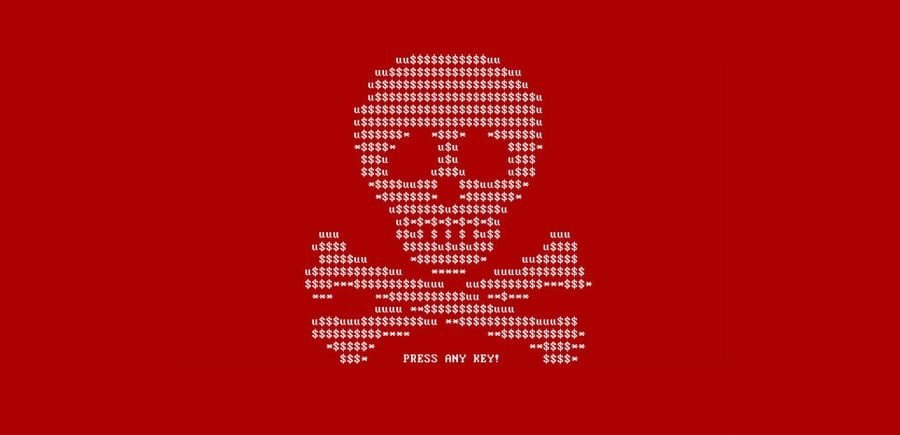What Can Go Wrong If You Don’t Backup Your WordPress Site?
A WordPress site is made of data: ones and zeroes stored on a hard drive or SSD. Some of that data is managed with a database and some of it with a filesystem. Both the database and the files are essential. If either is lost, the WordPress site no longer exists.
If the data is only stored in one place, the chances of it being lost are substantially increased. Keeping copies of the data — back it up — reduces the risk that it will be lost. With an up-to-date off-site backup, an up-to-date WordPress theme all the data on its server is deleted.
Consider how much work went into building your WordPress site. How many hours were spent on design, management, and content creation? How much would it cost to replicate all that work?
Making backups is cheap; recreating all the work that went into making a site can be ruinously expensive — it makes financial sense to ensure your site is backed up.
If you’ve never thought about it, you might not think there is much risk of data loss, but, as anyone who works in the web industry will tell you, without backups data loss is only one mistake away.
Let’s look at some of the ways you could lose the data that comprises your WordPress site.
User Error

A few months ago, GitLab, a leading version control system, suffered a major data loss. The cause was a mistyped command. The system administrator who made the mistake was very experienced — far more experienced than you or I. Anyone can make a mistake: a mistyped command, a misunderstood database query, a button that doesn’t do quite what you think it does.
A recent backup is a hedge against this sort of mistake. With enough time, mistakes will be made, and a backup is there to make sure a small mistake doesn’t turn into a big disaster.
Hardware and Software Failure

Although it happens infrequently on a properly managed hosting platform, server hardware sometimes fails. Hard drives and SSDs don’t last forever. Bugs in software can cause catastrophic data losses. Without a backup, your site is one hardware glitch away from oblivion.
Hackers

Hackers target WordPress sites because they represent valuable resources and to exploit the site’s visitors. Typically, a hacker will install malware on the site, and once a site has been compromised with malicious software, it cannot be trusted.
Although it is possible to “clean” malware from a website, it’s expensive and time-consuming. With an up-to-date backup, it’s always possible to simply delete the existing site and resurrect it from a backup taken before it was compromised.
Ransomware

Ransomware is the current star of the online crime world. A ransomware attack installs a small software tool that encrypts the site’s files. Once the files are encrypted, it’s practically impossible to get the data back without paying the criminal.
Criminals know how valuable data is to site owners, who are often willing to pay a pretty penny to regain access to their data.
Last year, it was revealed that some “ransomware” attacks against WordPress sites weren’t really ransomware. The attackers simply deleted the files and demanded money for something they no longer had. Even if the victim paid, the data was never returned.
Ransomware is only effective if it deprives the victim of data they value. If the site is backed-up somewhere the attacker can’t reach, there’s no need to pay a ransom.
If your site’s data only exists in one place, it barely exists at all. A comprehensive, recent backup is critical to ensuring your site can’t disappear at any moment.

Get more to your email
Subscribe to our newsletter and access exclusive content and offers available only to MonsterPost subscribers.

Leave a Reply
You must be logged in to post a comment.